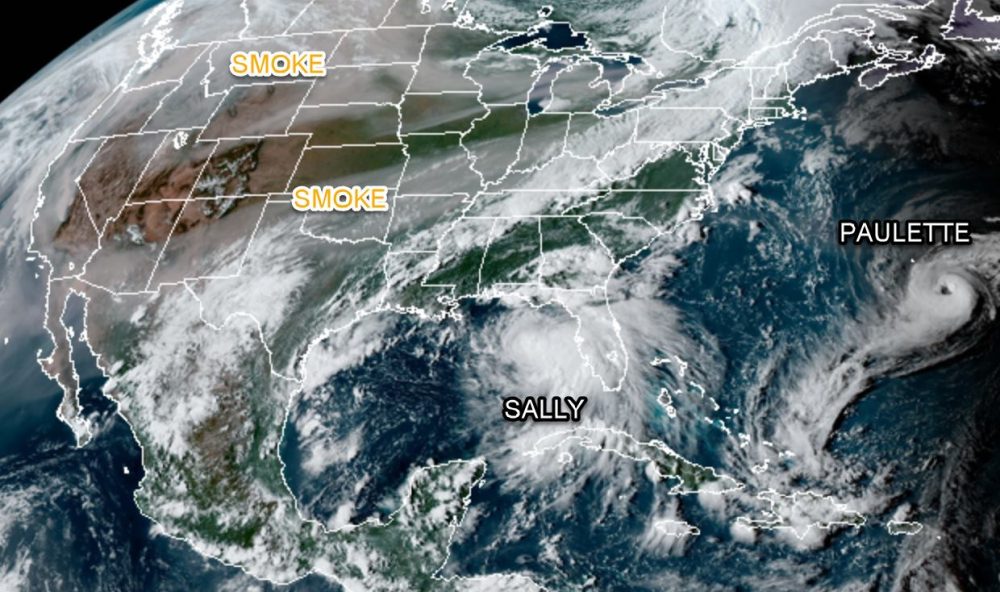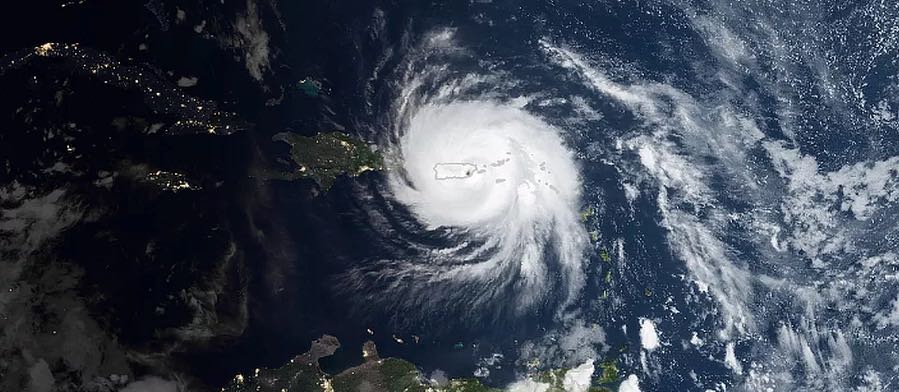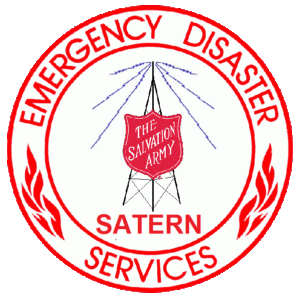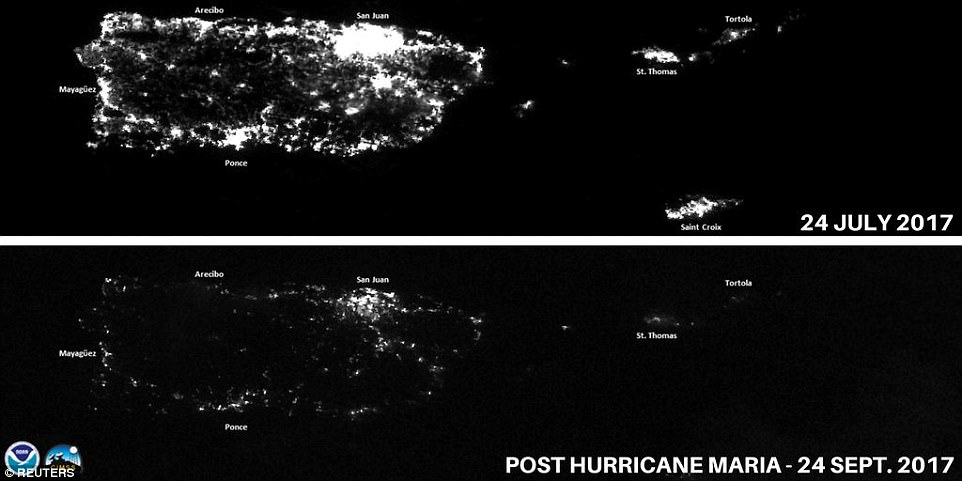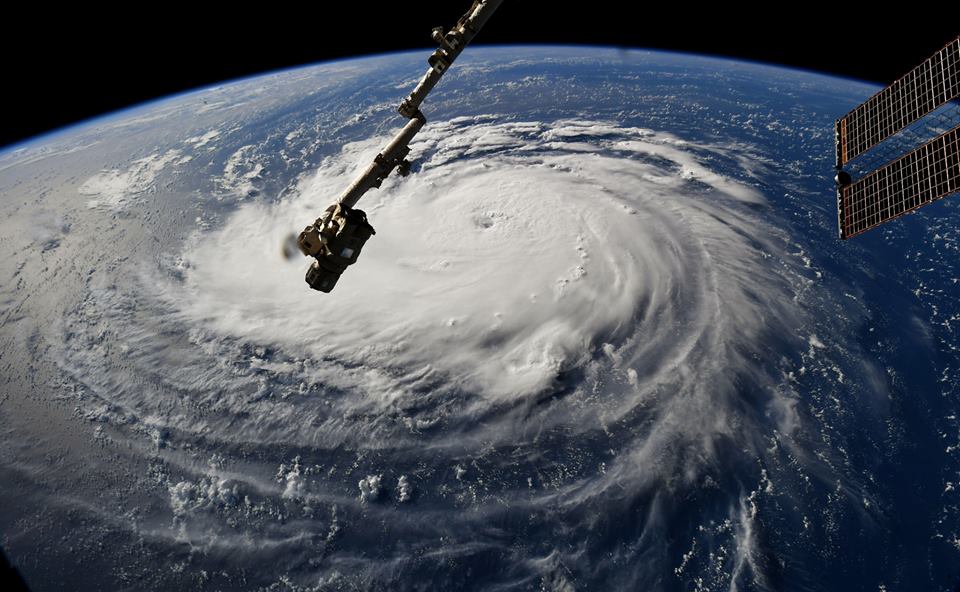
Hurricane Florence as seen from the International Space Station
As I write this post, Hurricane Florence has her sites set on eastern North Carolina, South Carolina and Virginia. In terms of her path and potential for flooding, Florence is already looking like an extraordinary storm and certainly one for the history books. It’s a scary situation.
My family is all about practical preparedness. Where we live, we have to be concerned with the occasional sever summer/winter storm, flash flooding, and potential impact from hurricanes like Florence. Although we’re in Canada right now and far removed from any potential impact from Florence in North Carolina (regardless, thanks for all of your kind messages), we have friends living in our house and I can rest easy knowing they have all of our supplies at the ready.
What supplies should you have at the ready? I like using the Build-A-Kit list from Ready.gov as a practical starting point. It’s designed around a 72 hour window of time. Many of us may assume that 72 ours is too short, but once you start looking at realistic quantities of food and, especially, water that are needed, you might be surprised. These items are difficult to find when your area is threatened by natural disaster–it’s important to collect these items when there’s no immediate threat.
Here’s the list taken directly from Ready.gov:
Make sure your emergency kit is stocked with the items on the checklist below. Most of the items are inexpensive and easy to find, and any one of them could save your life. Headed to the store? Download a printable version to take with you. Once you take a look at the basic items, consider what unique needs your family might have, such as supplies for pets, or seniors.
After an emergency, you may need to survive on your own for several days. Being prepared means having your own food, water and other supplies to last for at least 72 hours. A disaster supplies kit is a collection of basic items your household may need in the event of an emergency.
Basic Disaster Supplies Kit
To assemble your kit, store items in airtight plastic bags and put your entire disaster supplies kit in one or two easy-to-carry containers such as plastic bins or a duffel bag.
A basic emergency supply kit could include the following recommended items:
Download the Recommended Supplies List (PDF)
Additional Emergency Supplies
Consider adding the following items to your emergency supply kit based on your individual needs:
- Prescription medications
- Non-prescription medications such as pain relievers, anti-diarrhea medication, antacids or laxatives
- Glasses and contact lense solution
- Infant formula, bottles, diapers, wipes, diaper rash cream
- Pet food and extra water for your pet
- Cash or traveler’s checks
- Important family documents such as copies of insurance policies, identification and bank account records saved electronically or in a waterproof, portable container
- Sleeping bag or warm blanket for each person
- Complete change of clothing appropriate for your climate and sturdy shoes
- Household chlorine bleach and medicine dropper to disinfect water
- Fire extinguisher
- Matches in a waterproof container
- Feminine supplies and personal hygiene items
- Mess kits, paper cups, plates, paper towels and plastic utensils
- Paper and pencil
- Books, games, puzzles or other activities for children
Maintaining Your Kit
After assembling your kit remember to maintain it so it’s ready when needed:
- Keep canned food in a cool, dry place
- Store boxed food in tightly closed plastic or metal containers
- Replace expired items as needed
- Re-think your needs every year and update your kit as your family’s needs change.
Kit Storage Locations
Since you do not know where you will be when an emergency occurs, prepare supplies for home, work and vehicles.
- Home: Keep this kit in a designated place and have it ready in case you have to leave your home quickly. Make sure all family members know where the kit is kept.
- Work: Be prepared to shelter at work for at least 24 hours. Your work kit should include food, water and other necessities like medicines, as well as comfortable walking shoes, stored in a “grab and go” case.
- Vehicle: In case you are stranded, keep a kit of emergency supplies in your car.
Of course, I have specific suggestions regarding portable radios to have on hand. I’ll try to post my current favorites soon.
The takeaway is no matter where you live, spend some time preparing for natural disasters or interruptions to public utilities. We have several helpful posts on the SWLing Post which can help you with this very thing. Take a look at the following in our archives:
Do you enjoy the SWLing Post?
Please consider supporting us via Patreon or our Coffee Fund!
Your support makes articles like this one possible. Thank you!

